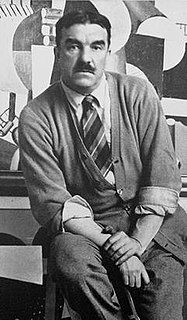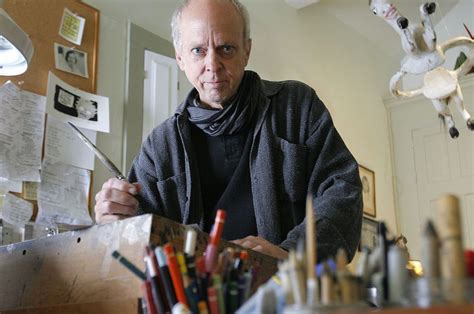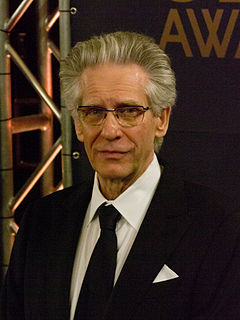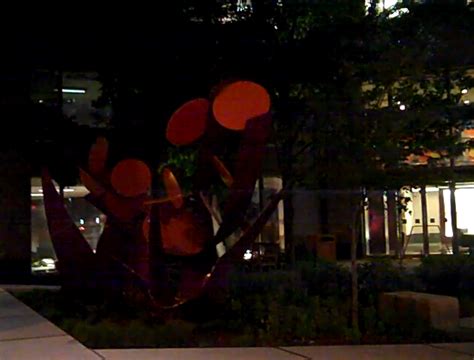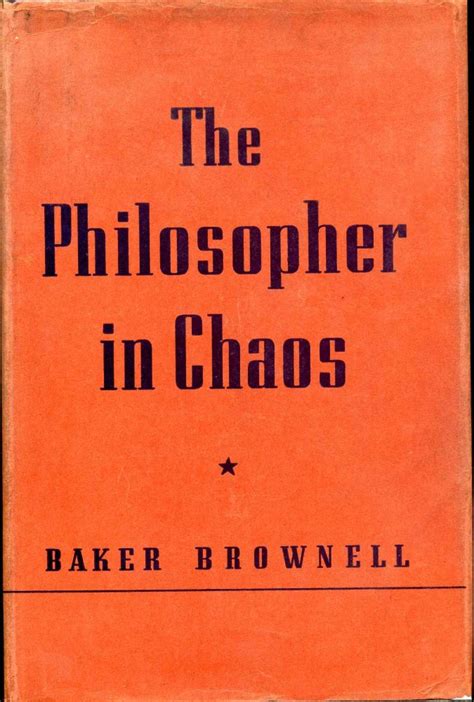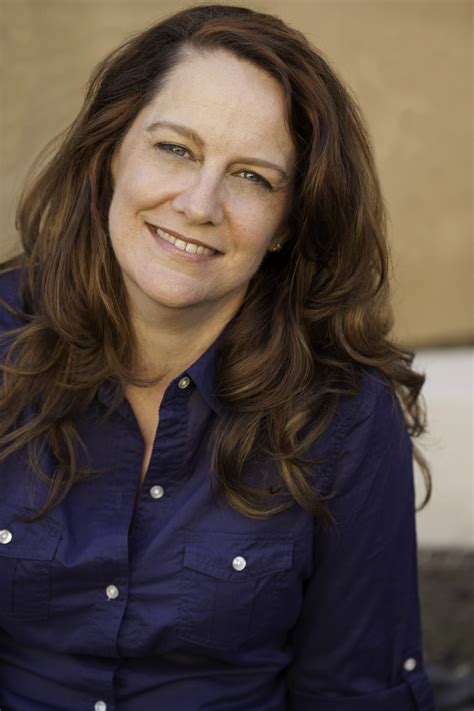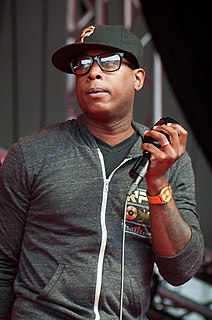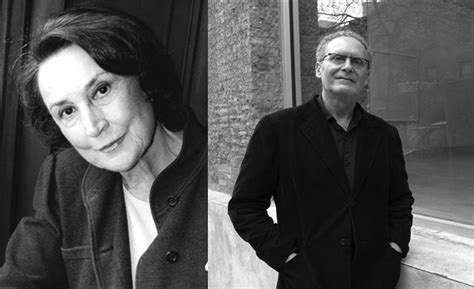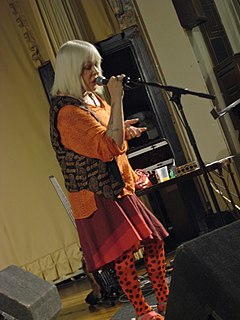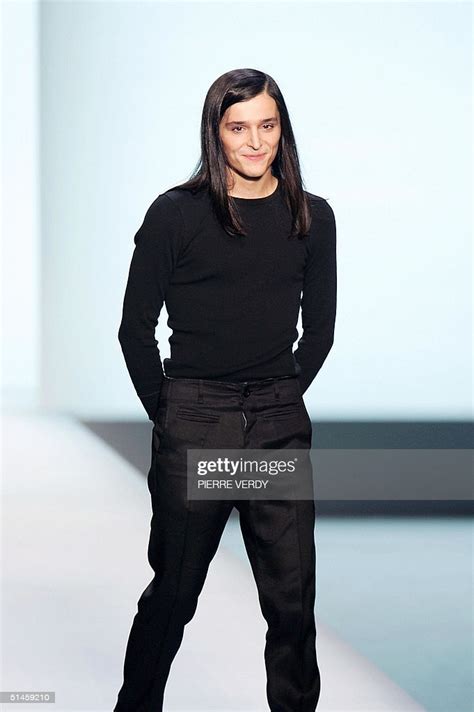A Quote by Fernand Leger
The feat of superbly imitating a muscle, as Michelangelo did, or a face, as Raphael did, created neither progress nor a hierarchy in art. Because these artists of the sixteenth century imitated human forms, they were not superior to the artists of the high periods of Egyptian, Chaldean, Indochinese, Roman, and Gothic art who interpreted and stylized form but did not imitate it.
Related Quotes
Put yourself in the position of an up-and-coming artist living in early-sixteenth-century Italy. Now imagine trying to distinguish yourself from the other artists living in your town: Michelangelo, Raphael, Leonardo, or Titian. Is it any wonder that the Italian High Renaissance lasted only 30 years?
Art - I had never thought of that as a career because it was like something I did so naturally, and it was fluid, and it is. And even though I still admire literature as the superior art form, I have to admit that art, for me, that's it; that's what I'm good at, and that's what I should be concentrating on.
For this reason poets and artists developed the doctrine of Art for Art's Sake. The community did not appear to need them, so, tit for tat, they did not need the community. This being granted, it was no longer necessary or even desirable to make one's poetry either intelligible or sympathetic to the community.
Art arises in those strange complexities of action that are called human beings. It is a kind of human behavior. As such it is not magic, except as human beings are magical. Nor is it concerned in absolutes, eternities, "forms," beyond those that may reside in the context of the human being and be subject to his vicissitudes. Art is not an inner state of consciousness, whatever that may mean. Neither is it essentially a supreme form of communication. Art is human behavior, and its values are contained in human behavior.
Artists look at the environment, and the best artists correctly diagnose the problem. I'm not saying artists can't be leaders, but that's not the job of art, to lead. Bob Marley, Nina Simone, Harry Belafonte - there are artists all through history who have become leaders, but that was already in them, nothing to do with their art.
I think the four land artists I showed all worked within a few years of each other. And they were standard bearers, I suppose, for land art. They each did very separate things. Apparently, later in California, a lot of artists started working in that medium and there was something of a rush of earthworks. But I wasn't involved with that.
Even as a teenager we got interested in the Beats, Dada, and Surrealism, and so on. What drew us to those was that their lives were their art. It wasn't something they did separately. Reading biographies of artists of that kind was what was fascinating to me, more than the stuff they made. We became convinced that life and art is really the same thing.
There is a good deal of art that in some traditions of conceptual work are anti-affect, in fact a very large chunk of mainstream art after 1950 took against affect art altogether because they said, "No, we hate affect art because this is how we get manipulated by totalitarianism and therefore artists shouldn't play that game." And a lot of artists agreed to play that game, which I personally believe is to the loss of art.
I think the relationship is very tenuous between fashion and art. Many designers have built relationships with artists, which is not something I personally did. But it's true, sometimes you see artists working for a designer or a brand on some specific project or taking care of their environment and making an amazing store.
